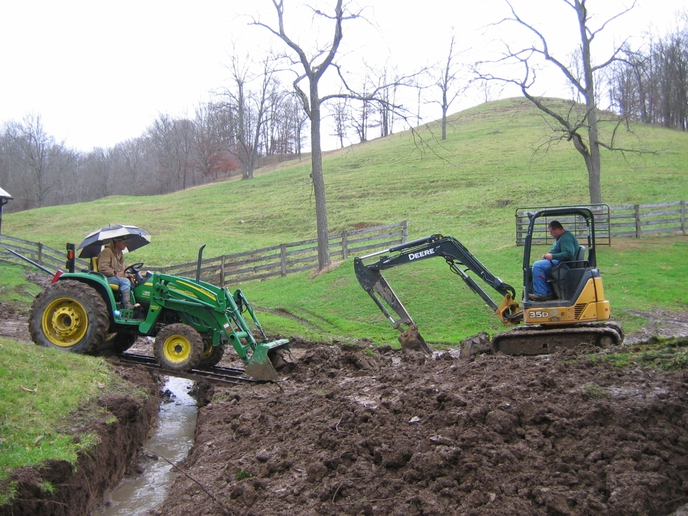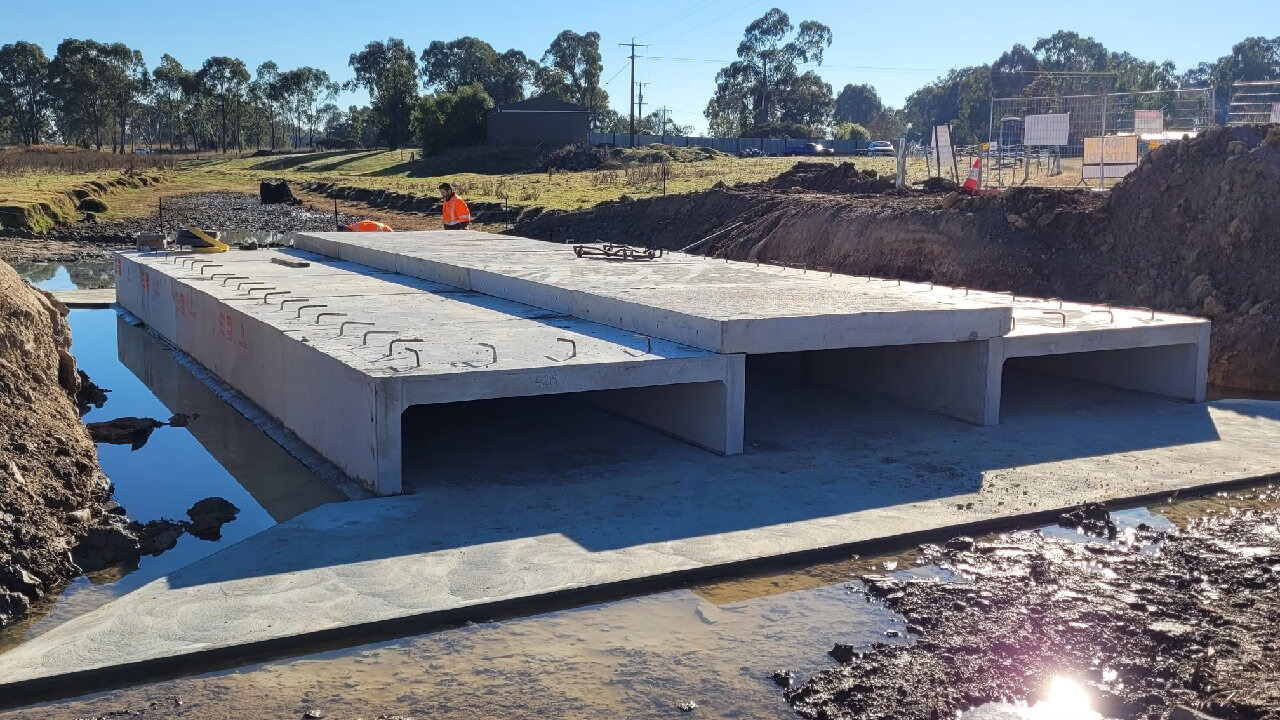Effective Underbrush Clearing for Clean and Safe Land
Wiki Article
Culvert Installment Facilitated: Step-by-Step Guide for Success
Mounting culverts may look like a simple task, but guaranteeing an effective outcome calls for cautious preparation and implementation. From choosing the suitable culvert size to integrating correct drainage actions, each action in the installment procedure plays a crucial function in the performance and durability of the culvert system. By complying with a systematic method and focusing on vital details, the setup can proceed smoothly, minimizing potential concerns down the line. Remain tuned to reveal the crucial actions and factors to consider that can make culvert setup a smooth and successful venture.Choosing the Right Culvert Dimension
Choosing the ideal culvert dimension is essential for making sure efficient water circulation and structural stability in culvert installment tasks - Pad Construction. The dimension of the culvert directly affects the flow capacity of water via the framework. A culvert that is too small can result in flooding and overflow, while one that is too large might lead to lowered water velocity, possibly creating debris buildup and blockagesTo identify the right culvert dimension, variables such as the watershed location, optimal circulation rates, and hydraulic performance demand to be carefully taken into consideration. Calculations based on these criteria help in choosing a dimension that can appropriately take care of the expected water volume while decreasing the threat of blockages and structural failing.
It is important to seek advice from engineering standards and criteria to make sure that the selected culvert dimension fulfills the job needs and regional laws (Pad Construction). By selecting the right culvert size, project supervisors can enhance water flow, avoid prospective issues, and boost the overall efficiency and durability of the culvert installment
Preparing the Installment Site
Reliable culvert installation requires meticulous prep work of the setup website to guarantee optimum structural support and functionality. Before beginning the installation procedure, it is crucial to remove the website of any type of particles, plant life, or blockages that can hinder the culvert's placement. Guaranteeing a degree foundation is important for the proper positioning and stability of the culvert. This may involve grading the website to create a smooth, also surface that can adequately support the weight of the culvert and any anticipated lots. Additionally, proper compaction of the soil below the culvert is required to avoid working out or changing gradually.In addition, it is very important to think about aspects such as dirt make-up, groundwater degrees, and ecological effects when preparing the setup site. Carrying out a complete website evaluation can assist identify any type of prospective difficulties or threats that may influence the culvert's performance. By putting in the time to prepare the setup site appropriately, you can assist ensure an effective culvert installment that fulfills architectural needs and makes certain long-lasting performance.
Placing the Culvert Appropriately

The quality at which the culvert is placed is vital for preserving a correct slope for water flow. A progressive incline helps avoid merging and advertises efficient water drainage. In addition, the culvert should be oriented properly to guarantee that the inlet and outlet are in the appropriate areas. This orientation is vital for the culvert to work successfully in handling water flow.
Backfilling and Condensing the Dirt
Appropriate backfilling and compaction of the dirt around the culvert is vital to guarantee stability and protect against possible issues in the future. When the culvert is appropriately put, the next vital action is to backfill the location around it with appropriate material.After positioning the backfill material, it is essential to small it in layers of consistent thickness. Using a compactor or a mechanical meddle, compact the soil carefully to prevent damaging the culvert. Compaction aids in minimizing the opportunities of settlement and makes sure consistent assistance around the culvert. It is important to small the dirt equally on all sides of the culvert to keep its architectural stability.
Proper backfilling and compaction not just provide stability to the culvert however additionally help in preventing dirt erosion and keeping the long life of the culvert system.
Making Sure Correct Water Drainage Integration
Incorporating efficient drain services plays an essential duty in the general performance and long life of culvert setups. Appropriate drainage combination is necessary for taking care of water circulation, stopping disintegration, and making sure the structural integrity of the culvert system. To achieve this, it is vital to make a detailed drainage plan that thinks about elements such as the volume of water anticipated, the topography of the location, and the sort of dirt existing.
Additionally, incorporating functions like disintegration control actions, such as Underbrush Clearing riprap or greenery, can even more boost the effectiveness of the drainage system. By carefully planning and implementing these drainage options, culvert installments can function efficiently and hold up against the test of time.
Final Thought
To conclude, appropriate culvert setup is important for keeping effective drainage systems. By picking the best culvert dimension, preparing the setup website, positioning the culvert appropriately, backfilling and compacting the dirt, and ensuring appropriate drainage integration, success can be accomplished. Following these steps will certainly aid guarantee the durability and efficiency of the culvert, ultimately adding to the total success of the water drainage system.Report this wiki page